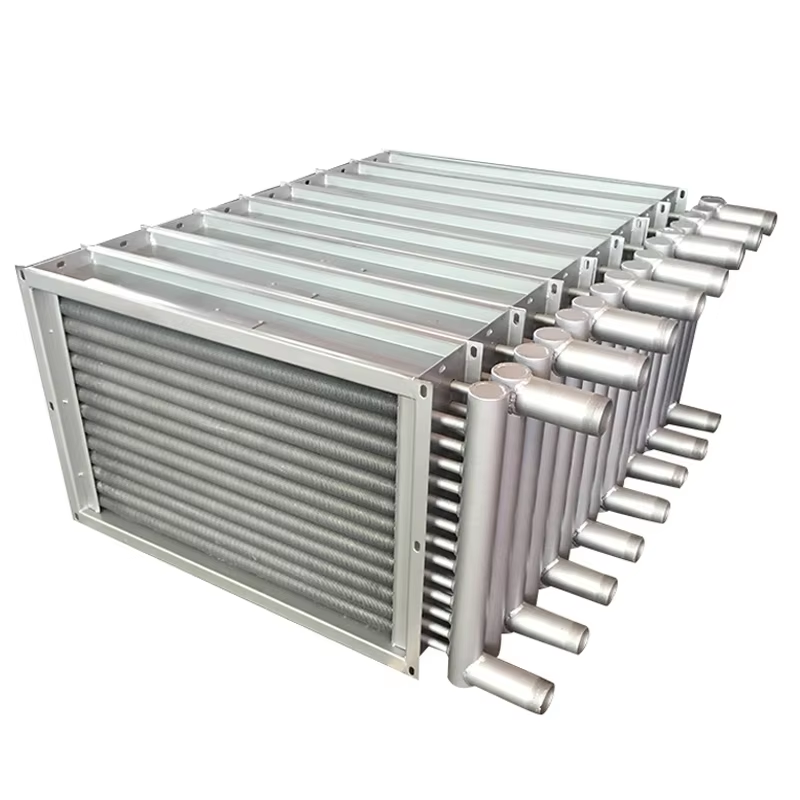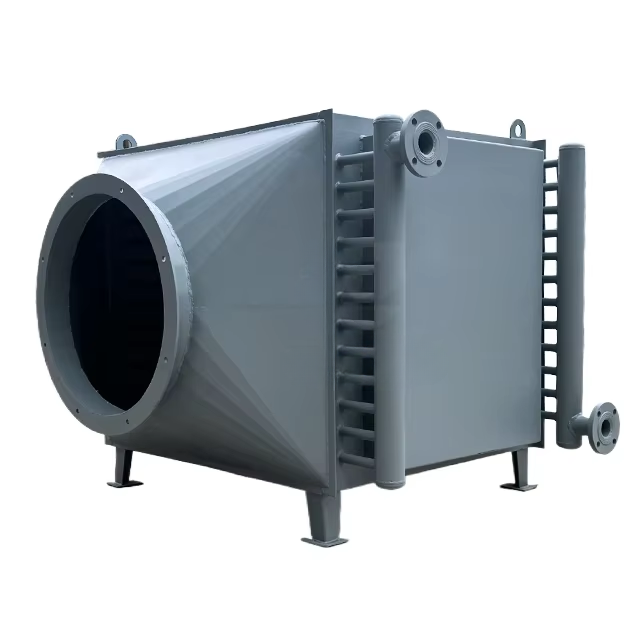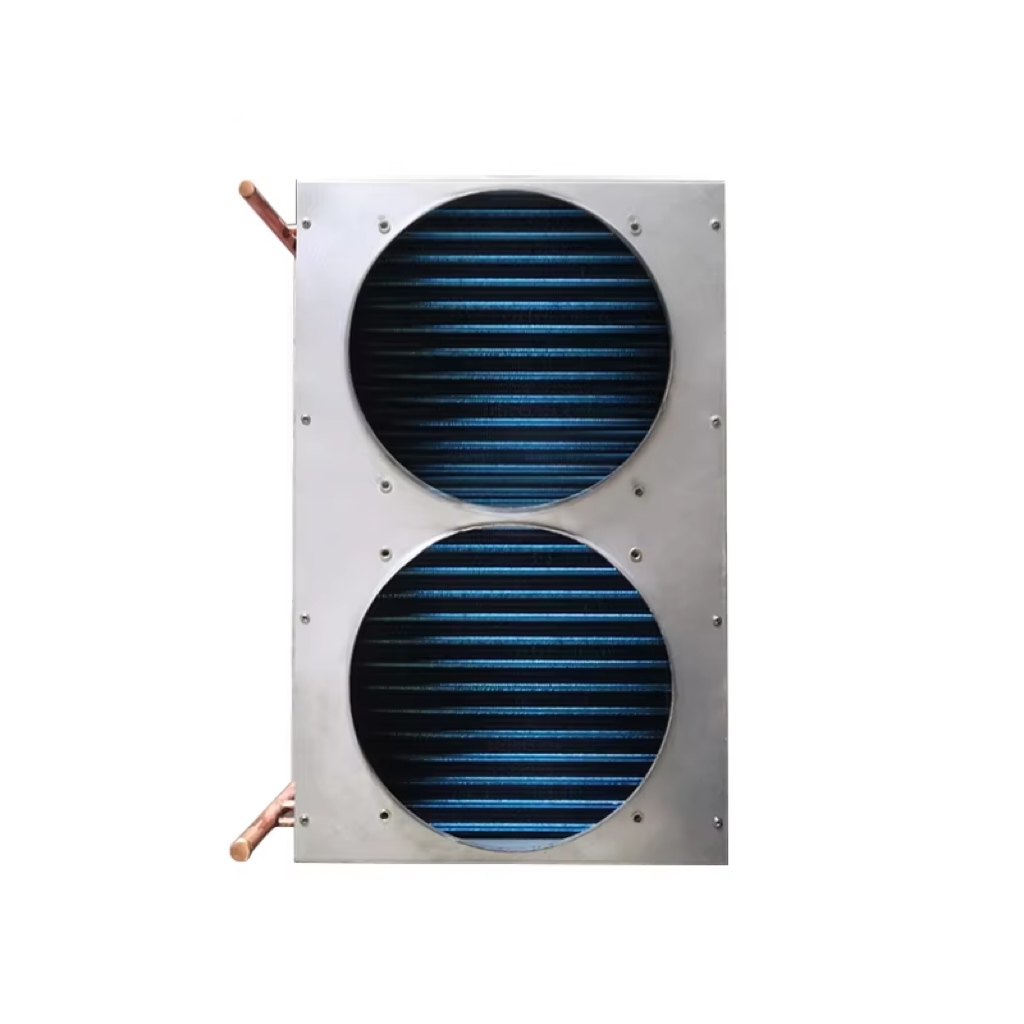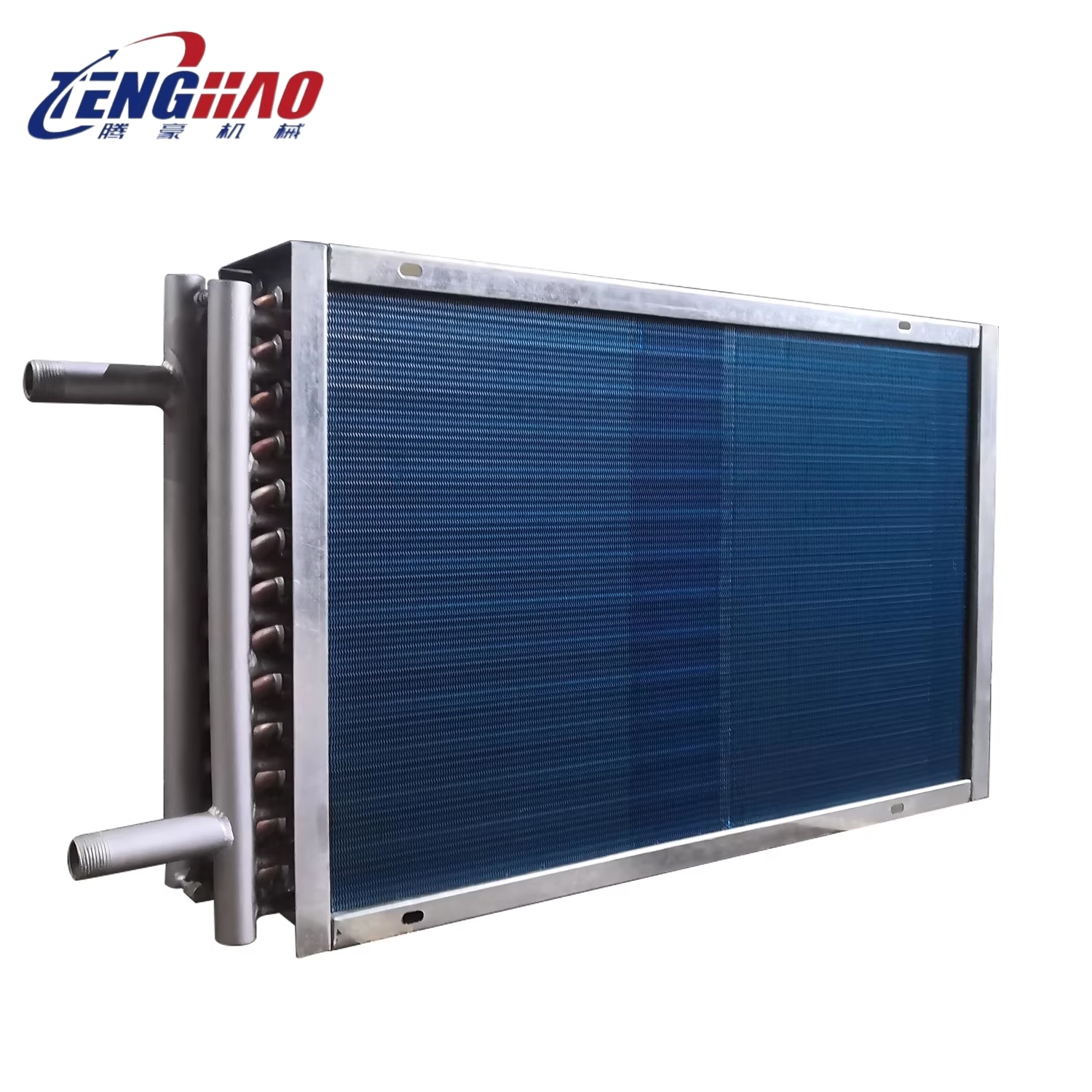The Essential Role of Energy Recovery Ventilators
Energy Recovery Ventilators (ERVs) are becoming an indispensable component in modern building design, offering a sophisticated solution to balance fresh air requirements with energy conservation. As buildings become more airtight to improve energy efficiency, the need for effective mechanical ventilation has surged. ERVs address this by continuously supplying fresh, filtered outdoor air while simultaneously exhausting stale, moist, or polluted indoor air. This process is crucial not only for maintaining occupant health and comfort but also for preserving the structural integrity of the building by managing indoor humidity levels. The intelligent design of these ventilation units allows for a significant reduction in the energy typically lost through traditional ventilation methods, making them a cornerstone of sustainable building practices.
Understanding How ERV Systems Operate
At the heart of ERV systems is a remarkable technology known as an energy recovery core, or heat exchanger. This core facilitates a process where heat energy and, in many ERVs, moisture are transferred between the outgoing stale air stream and the incoming fresh air stream. During colder months, the system captures heat from the exhaust air and uses it to preheat the incoming cold, fresh air. Conversely, in warmer months, it extracts heat from the hot incoming fresh air and transfers it to the cooler exhaust air, thereby pre-cooling the supply air. Unlike simple Heat recovery ventilators (HRVs) which primarily transfer sensible heat (temperature), many ERV systems are capable of transferring both sensible heat and latent heat (moisture). This ability to manage humidity levels makes these systems particularly beneficial in climates with high humidity or in buildings where humidity control is critical.
Maximizing HVAC Energy Efficiency and Building Performance
The implementation of such ventilation technologies significantly contributes to overall HVAC energy efficiency. By pre-conditioning the incoming ventilation air, these units substantially reduce the workload on the primary heating and cooling systems. This means your air conditioner or furnace doesn't have to work as hard to bring the outside air to the desired indoor temperature. The result is a noticeable decrease in energy consumption, leading to lower utility bills and a smaller carbon footprint. Effective Building energy management strategies often incorporate these systems as a key component for achieving targeted energy performance levels, such as those required by green building certifications. This technology represents a smart investment that pays dividends through sustained energy savings and enhanced operational efficiency of the HVAC infrastructure. Incorporating Energy efficient ventilation like ERVs is a key strategy.
Achieving Superior Air Quality Improvement
One of the most significant advantages of employing Energy Recovery Ventilators is the substantial Air quality improvement they provide. These systems ensure a constant supply of fresh, oxygen-rich air from the outdoors, while effectively removing indoor pollutants, allergens, volatile organic compounds (VOCs), and excess carbon dioxide. This continuous air exchange is vital for creating healthier indoor environments, which can lead to increased productivity, improved cognitive function, and reduced instances of respiratory issues for building occupants. Modern Indoor air quality systems often feature advanced filtration within the ERV unit, further purifying the incoming air by capturing particulate matter, dust, and pollen. By actively managing ventilation and filtration, Energy Recovery Ventilators play a critical role in mitigating sick building syndrome and ensuring the well-being of everyone inside.
Broad Applications in Commercial Ventilation
While beneficial in residential settings, Energy Recovery Ventilators truly shine in Commercial HVAC solutions where ventilation demands are higher and more complex. Office buildings, schools, hospitals, retail spaces, and restaurants all benefit immensely from the controlled, energy-efficient fresh air supply provided by Commercial ventilation incorporating these advanced systems. In these environments, high occupancy rates can quickly lead to a buildup of CO2 and other contaminants. These ventilation units help maintain optimal air quality, contributing to a more comfortable and productive atmosphere for employees, students, patients, and customers. Their ability to reduce HVAC operational costs is particularly attractive for commercial building owners and managers looking to optimize building performance and achieve sustainability goals. The scalability of this technology allows for tailored solutions, making them suitable for a wide range of building sizes and types.
The Future is Fresh and Efficient
In conclusion, Energy Recovery Ventilators stand out as a critical technology for creating buildings that are both energy-efficient and healthy. By ingeniously recovering thermal energy from exhaust air, these systems significantly reduce the operational costs associated with heating, ventilation, and air conditioning. Furthermore, the constant supply of fresh, filtered air delivered by ERV systems dramatically enhances indoor air quality, contributing to the well-being and comfort of occupants. As building codes become more stringent regarding energy performance and ventilation standards, the adoption of solutions like various ERV systems and other forms of Energy efficient ventilation will continue to grow, paving the way for a future where buildings are smarter, healthier, and more sustainable. Choosing an ERV is a proactive step towards responsible Building energy management and superior indoor environments.






